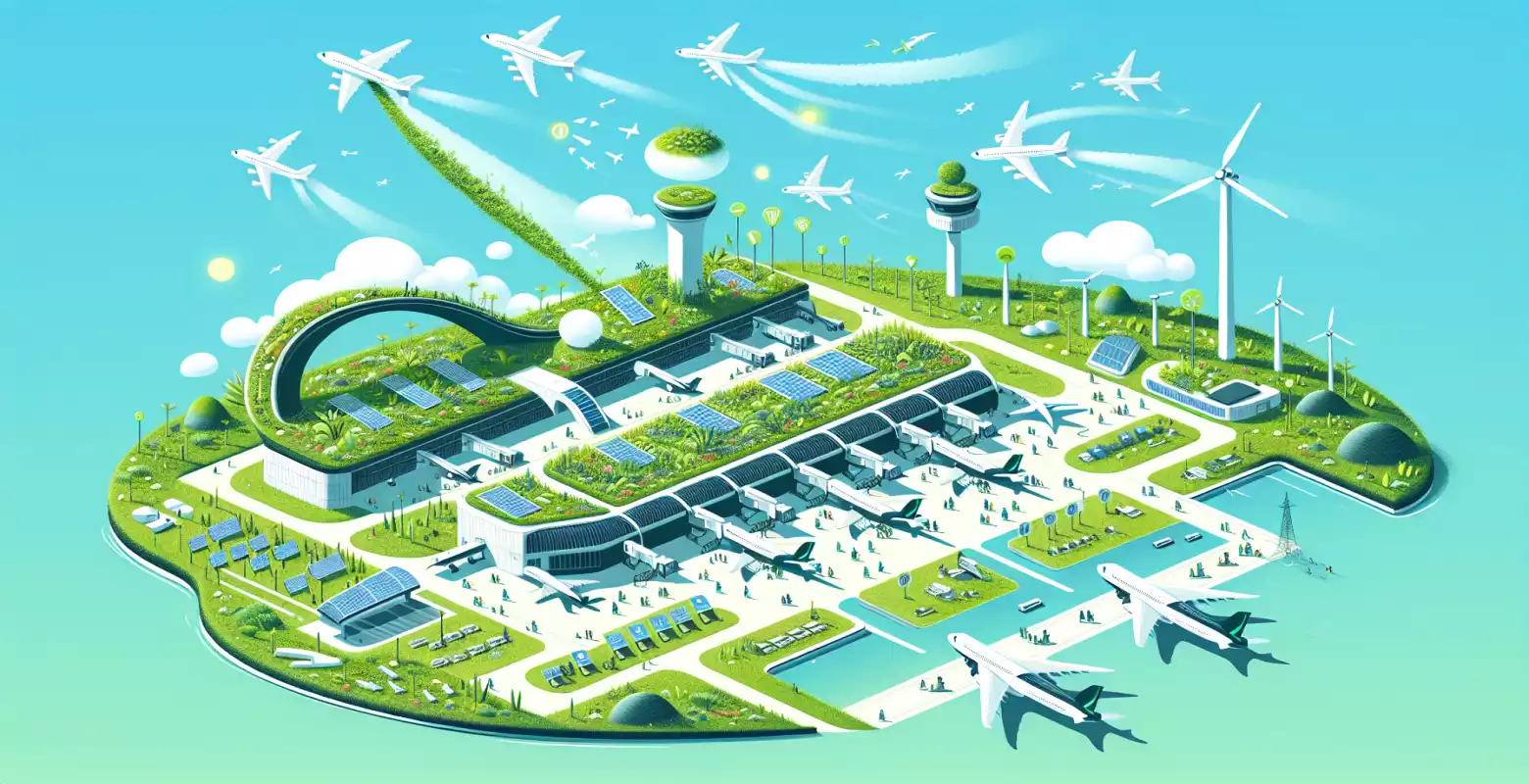Can aviation be 100% climate-neutral?
Introduction
Aviation plays a key role in the modern world, connecting continents and enabling global trade, tourism, and international cooperation. However, the increasing number of flights contributes to the rise in greenhouse gas emissions, posing a significant challenge in the context of global efforts to combat climate change. This raises the question: can aviation be 100% climate-neutral? This topic is not only current but also extremely important, considering the aim to achieve the goals of the Paris Agreement and the necessity to minimize the impact on the environment.
Current emissions status in aviation
Aviation is responsible for approximately 2-3% of global carbon dioxide (CO2) emissions, making it one of the more significant sectors that need to undergo transformation in the fight against climate change. As the global economy grows and air travel becomes more accessible, a further increase in emissions from this sector is forecasted. In 2019, the International Air Transport Association (IATA) reported that airlines carried a record number of passengers, further increasing the pressure to reduce emissions.
Emission reduction technologies
In order for aviation to become climate-neutral, the implementation of new technologies and innovations is necessary. Electric and hybrid engines are among the most promising solutions. Companies such as Airbus and Boeing are already working on prototypes of electrically powered aircraft. Although these technologies are currently limited to smaller aircraft, their development could revolutionize the aviation industry in the coming decades.
Another direction is sustainable aviation fuels (SAF). These biofuels can reduce CO2 emissions by up to 80% compared to traditional aviation fuels. Support for SAF is growing, and more airlines are investing in these technologies, seeing them as a way to minimize their carbon footprint.
Policies and regulations supporting climate neutrality
In addition to technology, policies and regulations are also of crucial importance. Initiatives such as CORSIA (Carbon Offsetting and Reduction Scheme for International Aviation) aim to limit emissions by requiring airlines to offset CO2 emissions by supporting eco-friendly projects. Furthermore, the European Union is introducing stricter emission standards for aviation, which is intended to encourage airlines to invest in more environmentally friendly technologies.
Challenges on the path to climate neutrality
Despite promising technologies and regulations, there are many challenges. Firstly, high costs of implementing new technologies may be a barrier for many airlines. Additionally, airport infrastructure needs to be adapted to accommodate new types of aircraft, requiring significant investments.
Another challenge is the availability of resources for the production of sustainable fuels. Currently, SAF production is limited and significantly more expensive than conventional fuels, making mass adoption difficult. International cooperation and investments in research and development are necessary to increase the efficiency and availability of these fuels.
The future of aviation and climate neutrality
Looking ahead, there are many promising directions that could contribute to achieving climate neutrality in aviation. New technologies, such as hydrogen fuel cells, could be key in future aircraft designs. Hydrogen-powered aircraft, although still in the conceptual phase, could offer completely emission-free flights.
Additionally, the development of digitization and artificial intelligence in air traffic management could contribute to optimizing flight routes and reducing fuel consumption. This could lead to emissions reductions even with current technologies.
Summary
Achieving 100% climate neutrality in aviation is an ambitious goal that requires both technological innovation and political and social support. Although there are currently many challenges, progress in research on new technologies and sustainable fuels provides hope for the future. However, to make this goal a reality, international cooperation and investments in green technologies are necessary. Each of us, as consumers, can also support airlines that engage in eco-friendly actions by choosing sustainable travel options.






Number of comments: 0